FREE Shipping on Orders over $89 with Account – Create One Today!
- (844)-859-9400
- Get Help
Showing 1–16 of 17 results
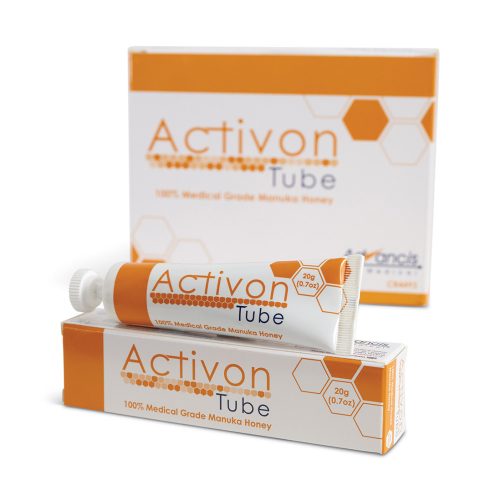

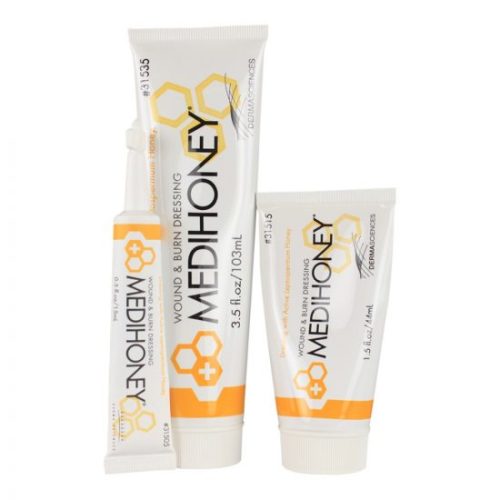
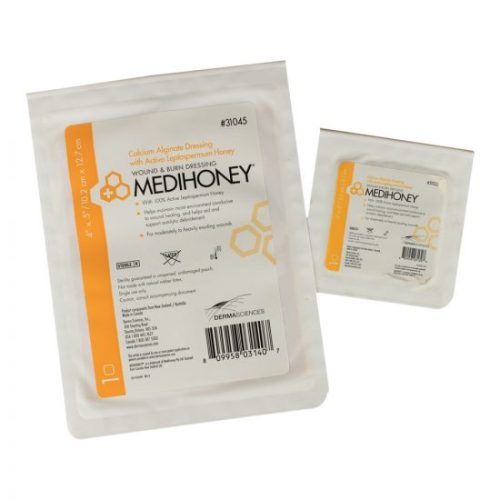
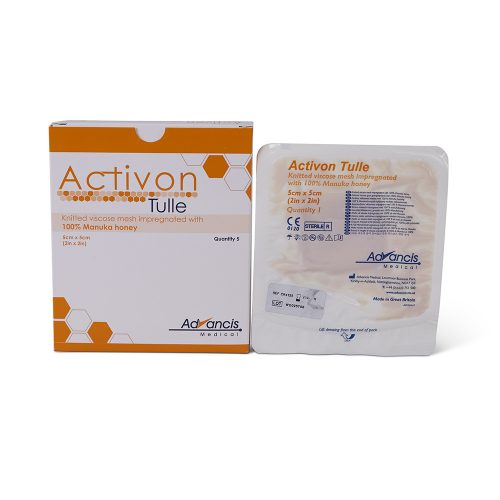
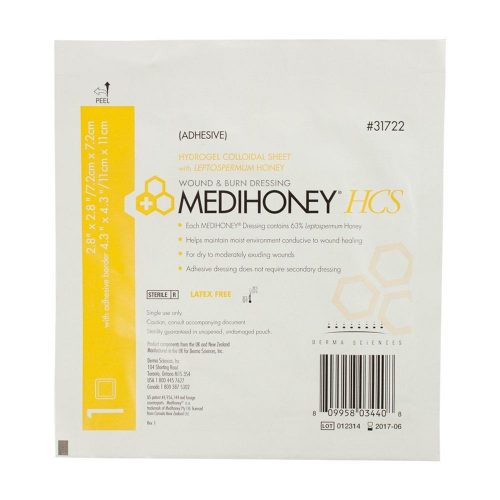
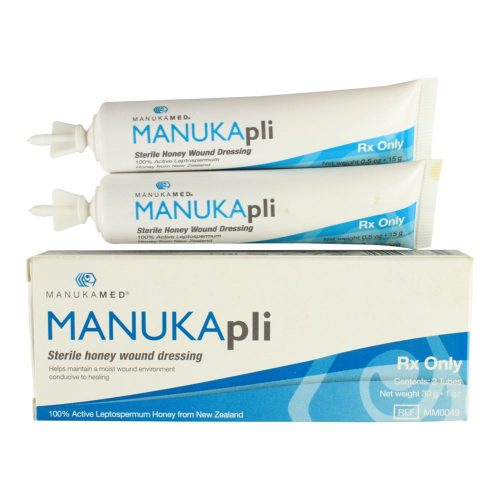
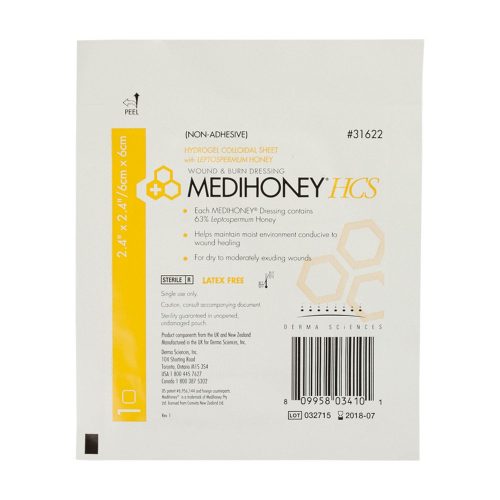
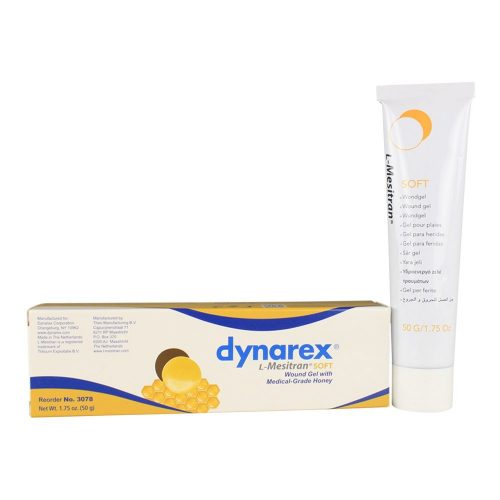

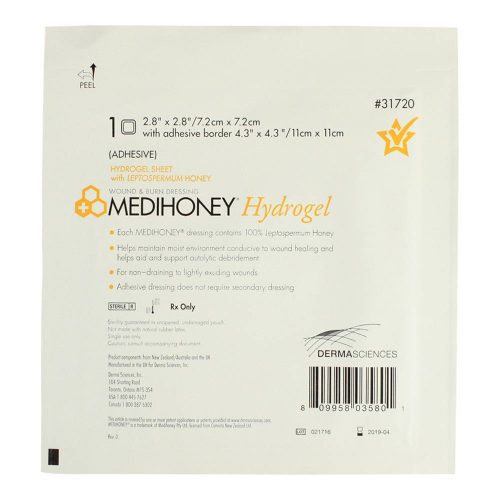
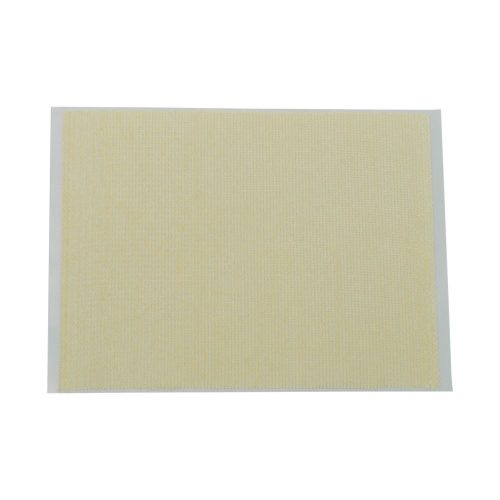
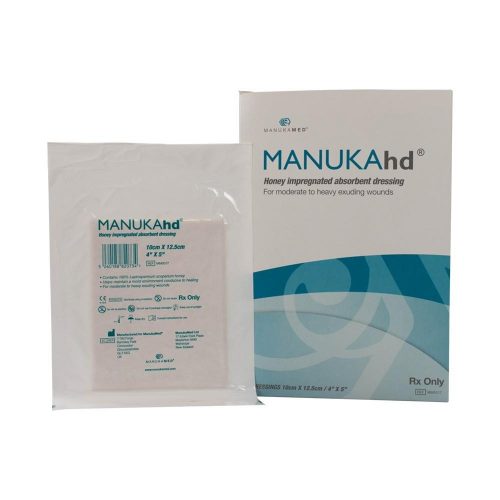

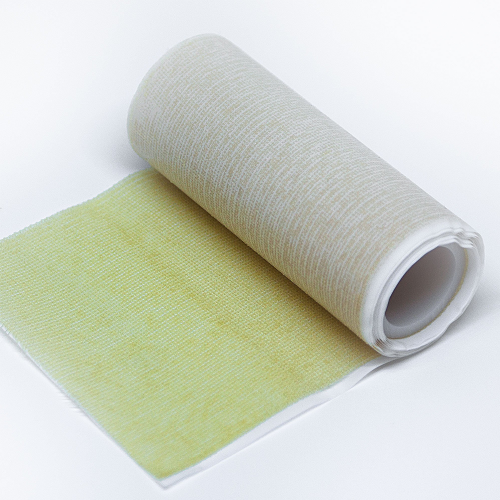
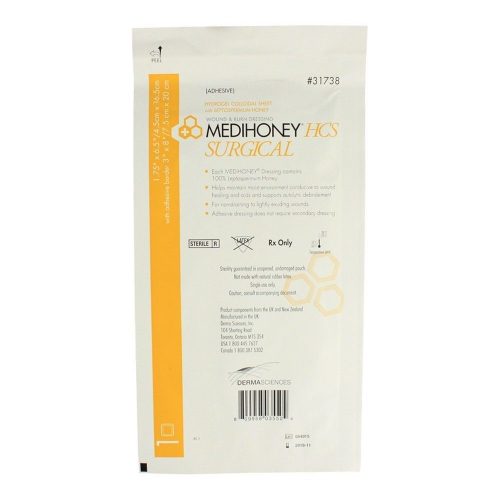
Studies have shown that medical-grade honey can aid in the healing of chronic and other stalling wounds by providing antibacterial, antioxidant and anti-inflammatory properties. In turn, medical-grade honey dressings can be applied against the skin to deliver antibacterial action coupled with hydrogen peroxide, antioxidant and osmotic properties.
For thousands of years, societies have used honey for medicinal purposes. In the present, medical-grade solutions help chronic and other delayed-healing wounds by providing antibacterial properties and balancing pH.
To achieve this:
Collectively, medical-grade honey dressings:
Medical-grade honey dressings typically use manuka or Leptospermum honey, although Gelam or Tualang may be added.
Medical-grade honey is ideal as a primary dressing and will be applied directly to the wound bed. These dressings come in gel, paste and impregnated sheet forms.
After cleansing the wound bed, apply the medical-grade honey dressing, or for deeper wounds, fill the cavity with the solution. After, apply a secondary dressing on top. Once the secondary dressing is saturated, remove it and any remaining honey to change the material.
These dressings can be used to help heal:
Medical-grade honey should not be used to treat diabetic foot ulcers or by patients with an allergy to honey, pollen or bee venom.